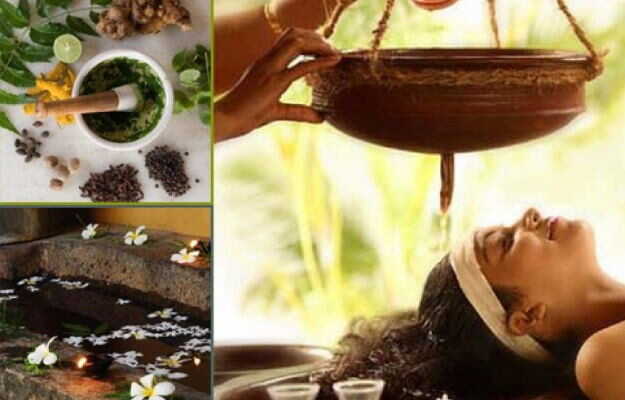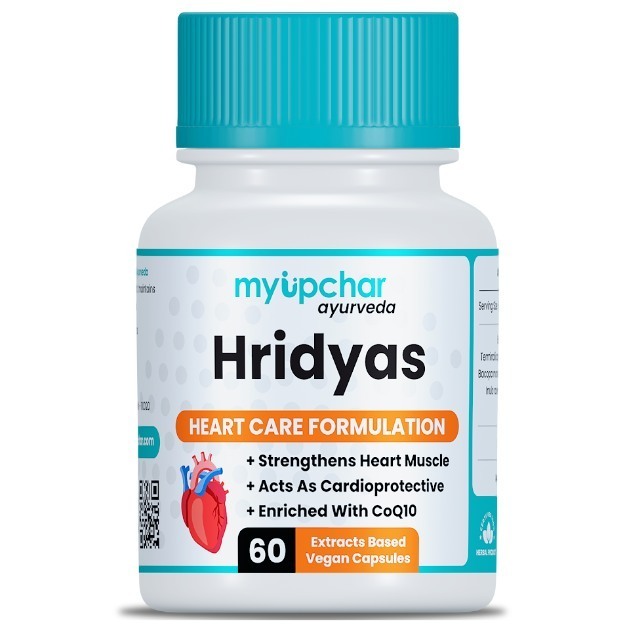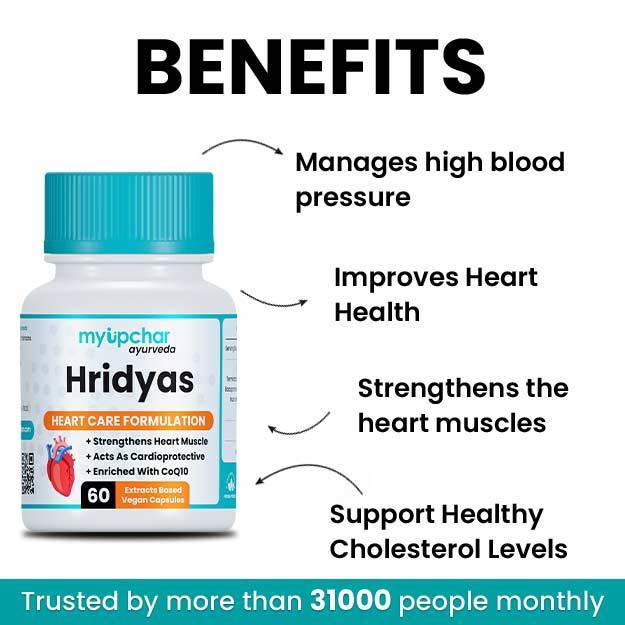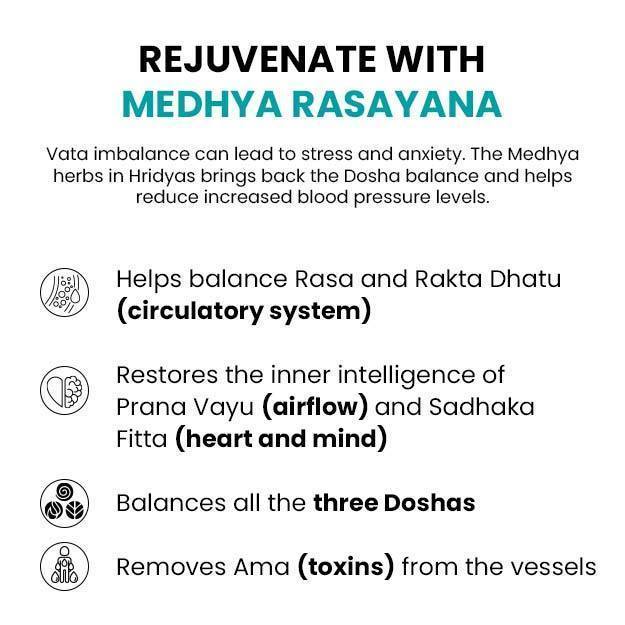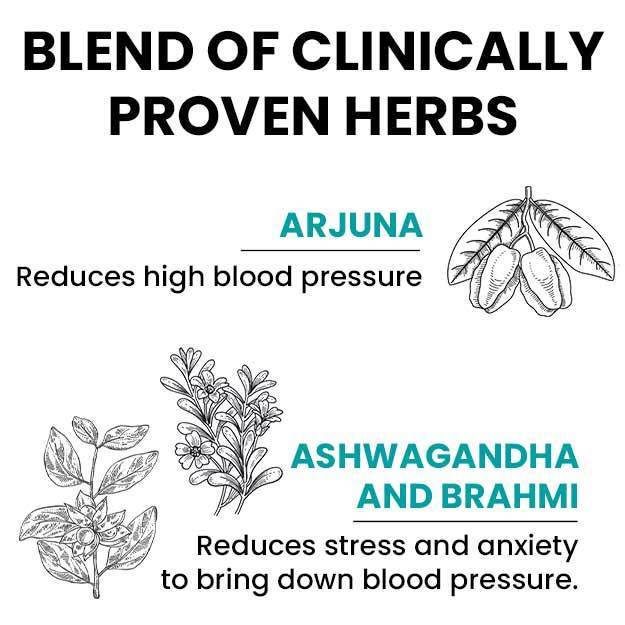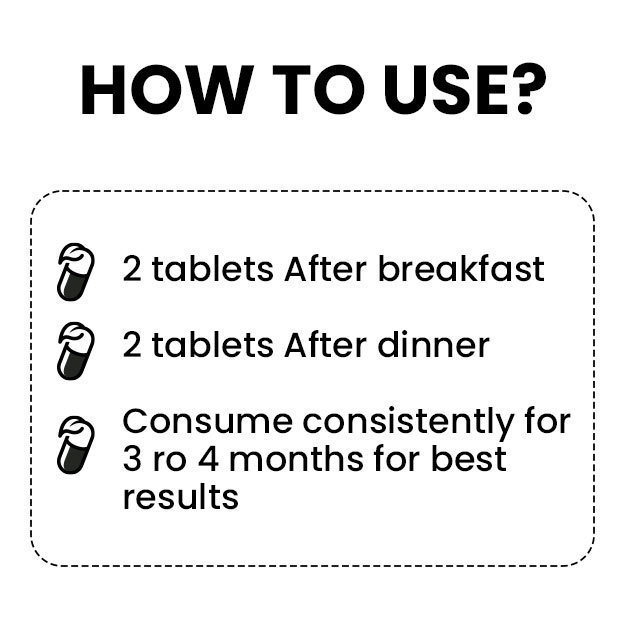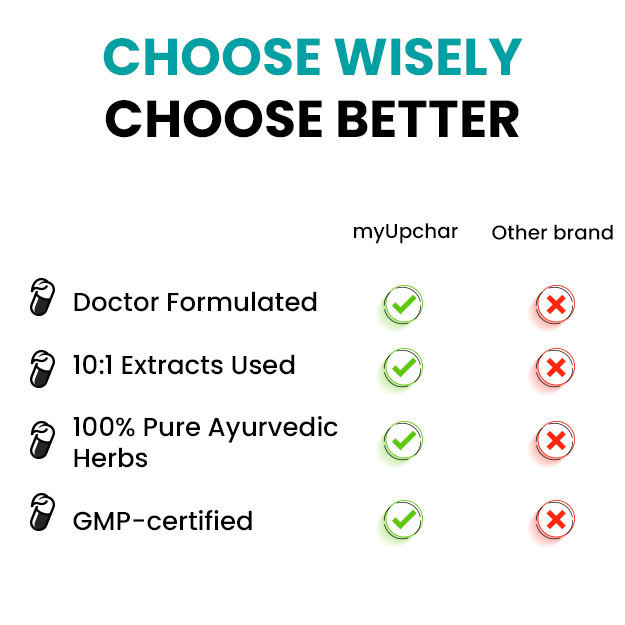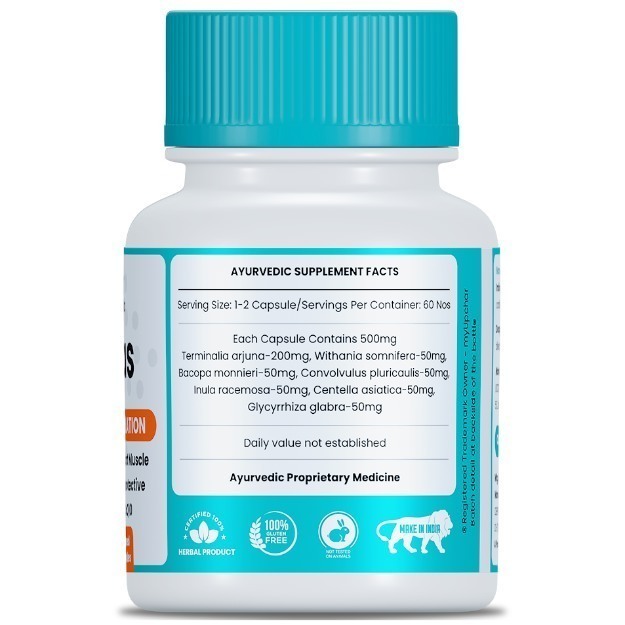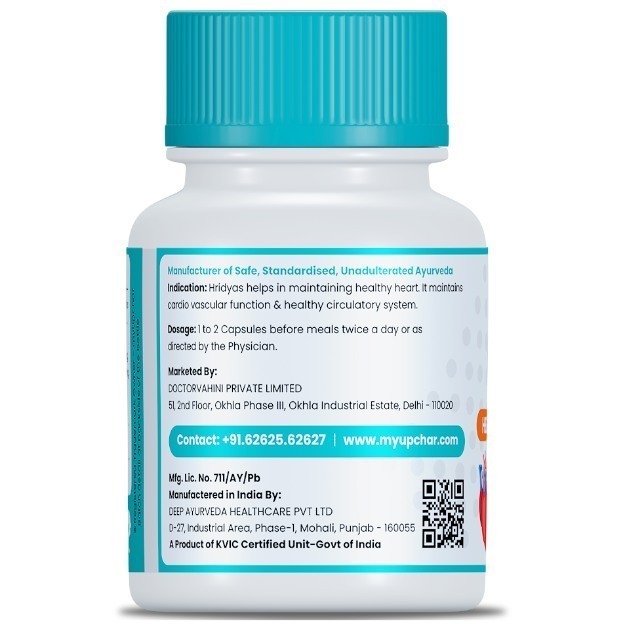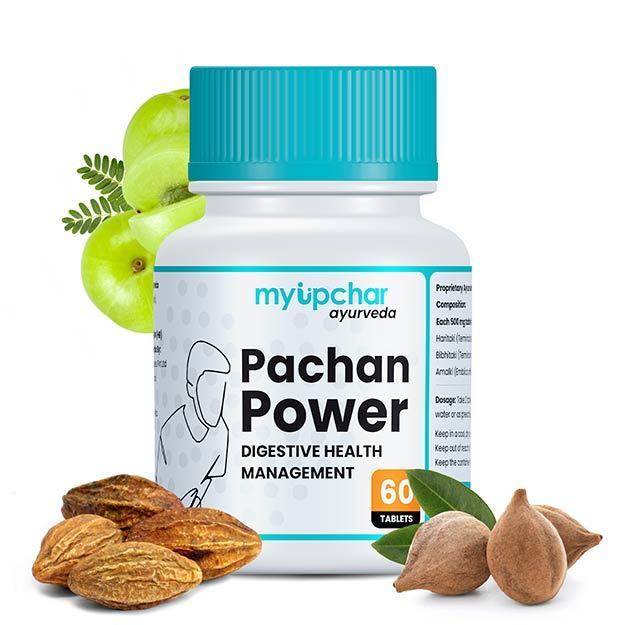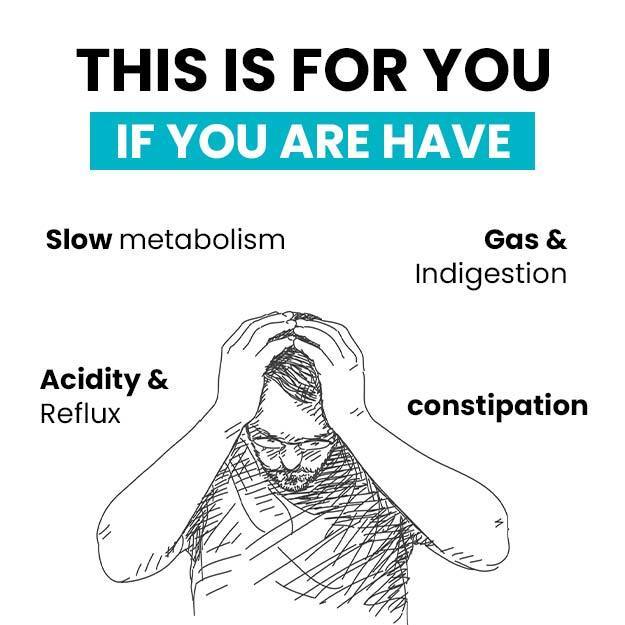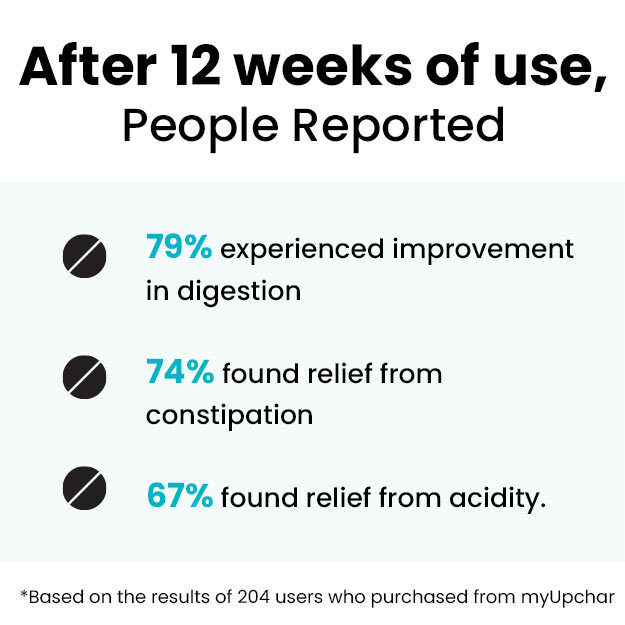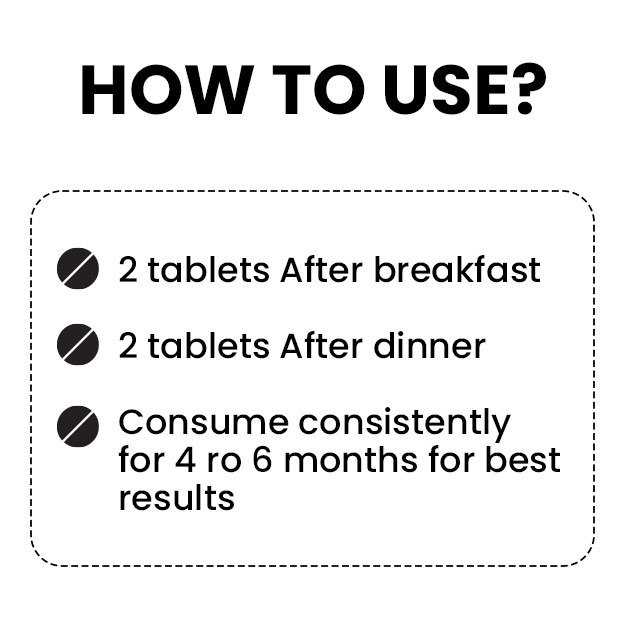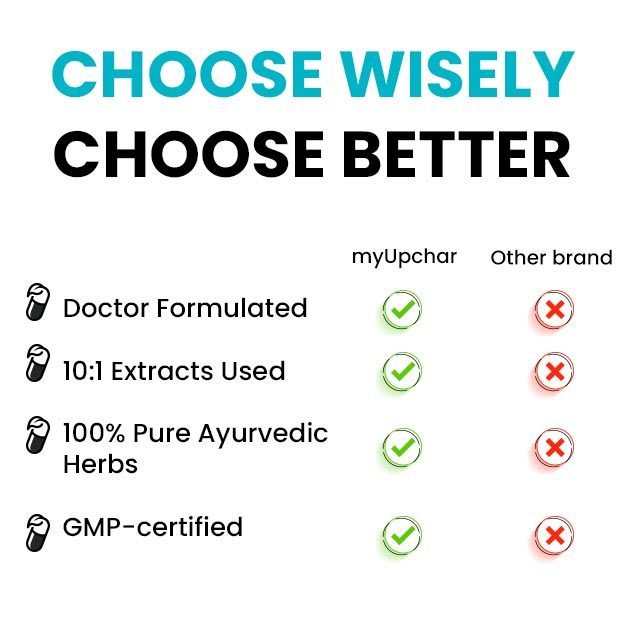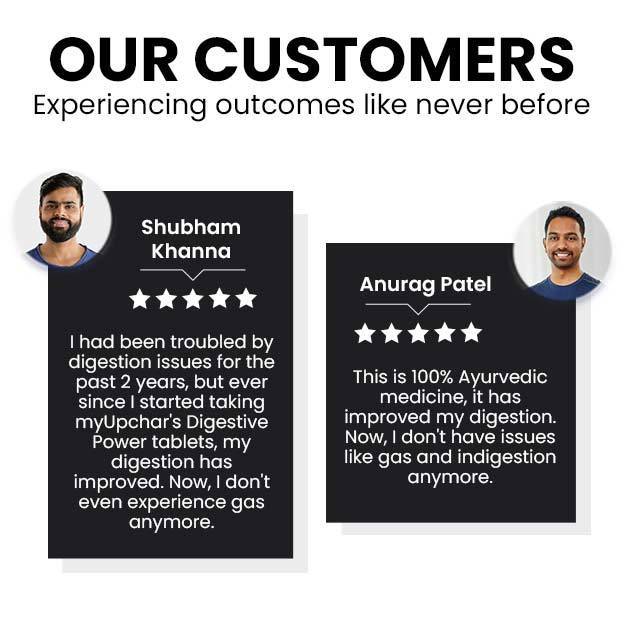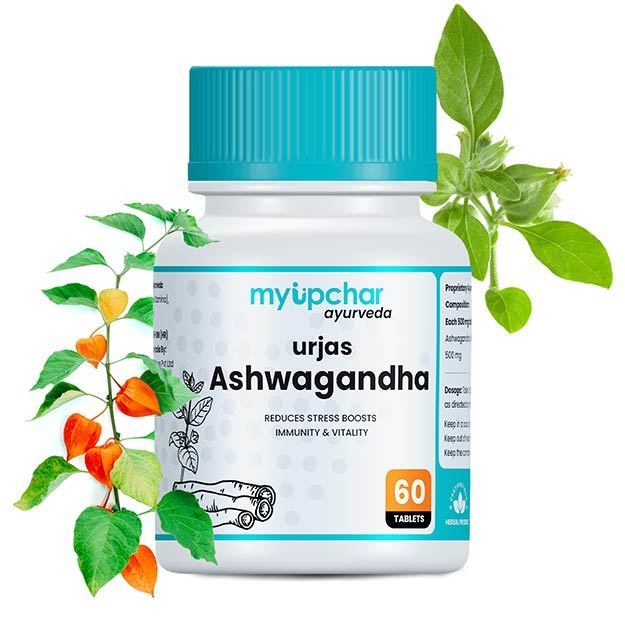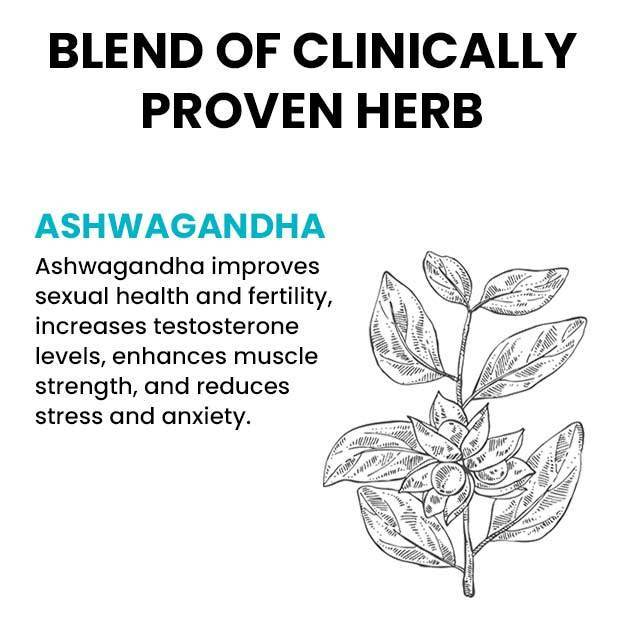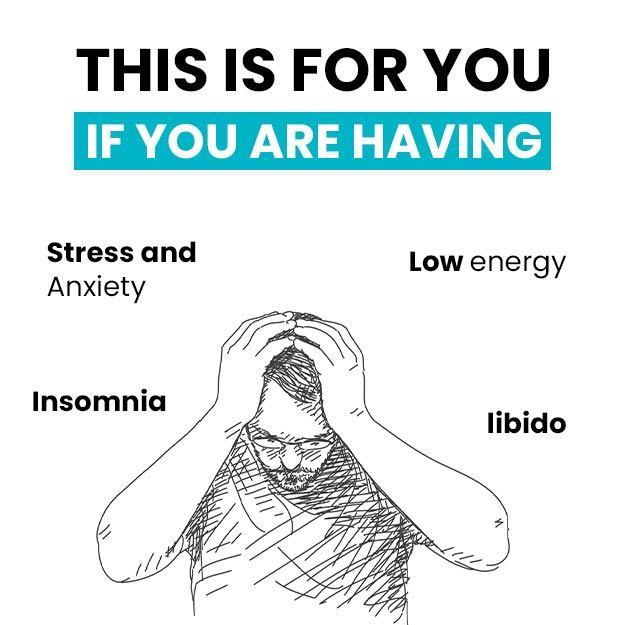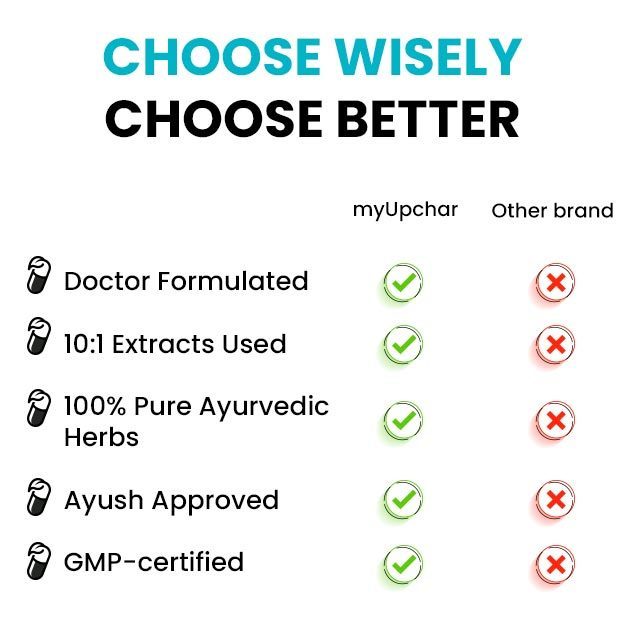Panchkarma treatment consists of five main stages, each serving a specific detoxification purpose:
1. First Stage: Vamana ( by Vomiting) - In this process, controlled vomiting is induced to expel toxins. The body undergoes internal and external oilation and fomentation for a few days to liquefy the toxins. Then, emetic medicine is administered, causing vomiting to cleanse the tissues.
Benefits:
- Highly effective for people with excess Kapha dosha
- Useful for treating asthma, obesity, and chronic respiratory disorders.
(Read more - Symptoms And Treatment Of Psychological Disorders)
2. Second Stage: Virechana (Purgation Therapy) - Virechana involves cleansing the intestines by removing toxins through controlled defecation. After oilation and fomentation, herbal laxatives are given to expel toxins from the digestive tract.
Benefits:
(Read more - treatment and remedies for Paralysis)
3. Third Stage: Nasya (Nasal Therapy) - Nasya involves administering medicinal drops through the nose to remove toxins from the head and sinus region. Before Nasya, a light massage is done on the head and shoulders for relaxation. The medicine clears waste material from the head, providing relief from various conditions.
Benefits:
(Read more - Vata, Pitta, Kapha)
4. Fourth Stage: Anuvasanavasti (Medicated Enema) - Anuvasanavasti is a unique Ayurvedic enema treatment that uses medicated oils, milk, or ghee, which are introduced into the rectum to cleanse the digestive system.
Benefits:
(Read more - Understanding the Ayurvedic Diet: Benefits and Drawbacks)
5. Fifth Stage: Raktamokshana (Blood Purification Therapy) - Raktamokshana is a bloodletting process that helps purify the blood by removing impurities. It is particularly useful in treating diseases caused by toxic blood.
Benefits:
(Read more - Sleeping in Day is Good or Bad?)
This step-by-step guide to Panchkarma treatment explains its stages, benefits, and how it helps in detoxifying the body for better health and balance.

